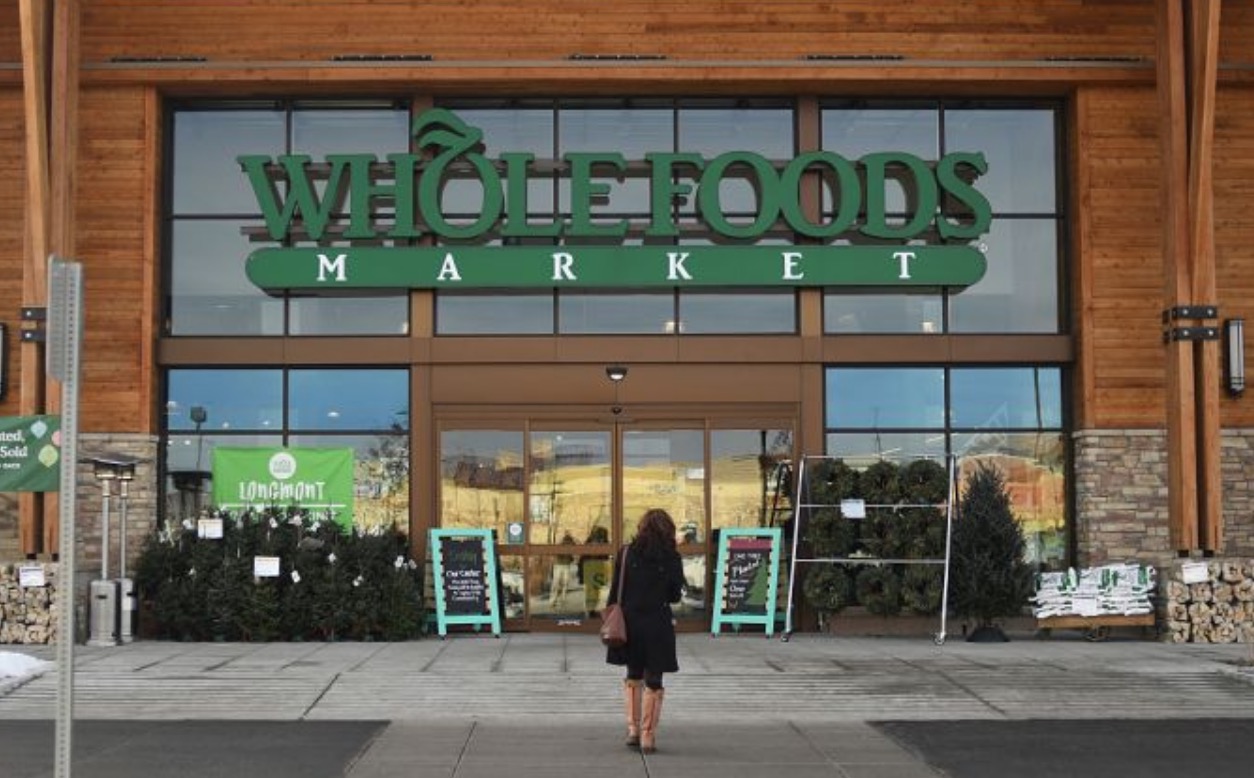
On Friday, Amazon purchased upscale grocery and health food chain Whole Foods for $13.4 billion. Business outlets have praised the deal for both sides by noting that Amazon gains the brick-and-mortar presence that it has long sought while Whole Foods gains a major bump in stagnant stock prices. Squeezed by Costco, Target and Walmart’s increasing forays into the organic produce, Whole Foods was forced on the defensive in recent years, making shareholders unhappy.
Now, with the sale to Amazon, Whole Foods gains a second life as part of the world’s largest internet e-commerce company. Already, speculation has begun regarding how Amazon can leverage its technology to streamline Whole Foods’ operations and how Amazon can leverage the massive network of 460 stores in the US, Canada and UK to extend its relatively recent profitable streak.
But what do these obvious business benefits mean for American consumers?
While it will take time to know for sure, it’s probable that Amazon will add Whole Foods products to its AmazonFresh service, available to Amazon Prime members for an additional $14.99 a month. Competition in the American online grocery delivery service space has been unexpectedly fierce in recent years with companies such as FreshDirect and Instacart holding their own against Amazon and likely slowing AmazonFresh’s expansion into additional cities.
By adding Whole Foods products, Amazon will likely be able to entice more consumers into trying AmazonFresh. Both AmazonFresh and Whole Foods already target a traditionally overlapping customer base of affluent professionals so merging the ease-of-use of Amazon’s platform and logistics with Whole Foods robust brand penetration and food supply chain represents a real chance at achieving the retail ideal – a flexible grocery service with similar products both online and in-store.
But there’s one potential issue with such a strategy – pricing. In recent years, Whole Foods’ growth has stalled due to competition but also saturation among affluent consumers. Colloquially known as “Whole Paycheck”, it’s easy to see why when the grocery giant charges nearly double items like the popular New York bodega staple, a chopped cheese sandwich.
That is why it pivoted last year to attract lower-income consumers – to the delight of financial analysts. Evidence of this strategy can be seen most prominently at the corner of 125th Street and Lenox Avenue in Central Harlem where construction on a new Whole Foods is nearly complete in a traditionally underprivileged area.
But the problem with Whole Foods’ brick-and-mortar approach is that it relies too heavily on the forces of gentrification. Because Whole Foods is perceived to be a premium brand, housing prices around their locations tend to skyrocket. This Whole Foods effect means two things – (1) that Whole Foods never really expands its reach beyond residents who can afford the now inflated rents and (2) that Whole Foods never has the incentive to lower prices.
More brick-and-mortar locations and expanded delivery services will do little to help AmazonFresh and Whole Foods expand its customer base if its pricing isn’t brought back down to earth. With its purchase, Amazon has the opportunity to leverage efficiencies to bring prices down prices on groceries for both services.
Not only will this be good for the business by bringing in more customers, it’s good for America. Cities such as New Orleans, Chicago, Atlanta and Memphis have huge problems with food deserts – areas where communities have little to no access to healthy food such as vegetables, meats and dairy products. Approximately 2.3 million people live in low-income areas which are further than one mile from a supermarket with no access to a vehicle and such limited access to fresh food disproportionately affects African-Americans.
This prevalence of food deserts has a direct effect on Americans’ health. Living in a food desert forces people to fill in gaps in their diet with fast food. This spikes rates of obesity and diabetes in these communities – precisely the ones that can least afford to deal with the consequences given the current and potential state of American healthcare.
While not the entire answer to America’s distribution of healthy food, Amazon has the unique opportunity to provide more communities with access– either in-store or online. No retailer, even Walmart, has had such an opportunity to bring necessary goods directly to people before. While consumers shouldn’t begrudge Amazon for making a profit, this profit will also hopefully mean that more Americans get to enjoy readily available, and accessible, grocery options in their neighborhoods rather than just gentrification.
Jason Chung is currently senior researcher and attorney at NYU SPS Sports and Society, in New York. He tweets at @ChungSports
